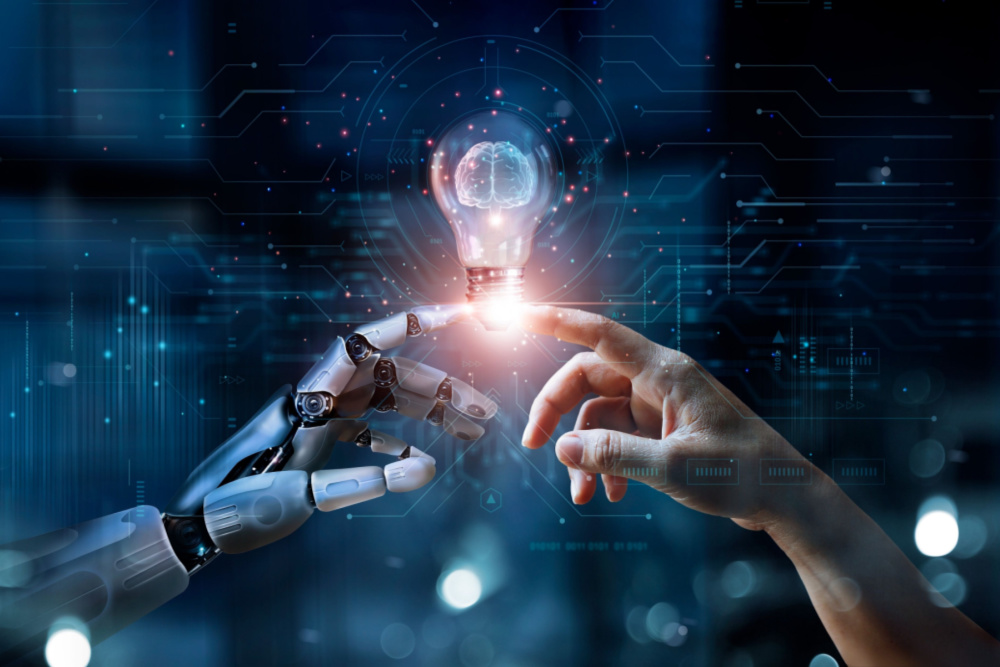Artificial intelligence seems to be everywhere these days. And according to one study by unite.ai, 89% of nonprofits agree that AI would improve their efficiency. However, only 28% say they are actually using it! As a nonprofit, have you ever considered that AI actually has the potential to revolutionize the way you operate and achieve your objectives? By leveraging AI, nonprofits can streamline operations, improve decision-making processes and enhance fundraising efforts. Following are some ways nonprofits should consider using AI to further their goals, starting now.
Automate administrative tasks
Nonprofits can use AI to automate repetitive administrative tasks such as data entry, scheduling, and email management. This can free up staff time and resources, allowing them to focus on more important tasks.
Improve fundraising efforts
AI can help nonprofits identify potential donors and personalize their fundraising campaigns. By analyzing data on donor behavior and preferences, nonprofits can tailor their messaging and outreach efforts to maximize their impact.
Enhance program delivery
Nonprofits should consider using AI to improve the delivery of their programs and services. For example, AI-powered chatbots can provide 24/7 support to beneficiaries, while predictive analytics can help nonprofits identify areas where their programs are most needed.
Streamline operations
AI can help nonprofits optimize their operations by identifying inefficiencies and areas for improvement. For example, AI can be used to analyze supply chain data and optimize logistics, reducing costs and improving efficiency.
Improve decision-making
By taking advantage of AI, nonprofits make better decisions by providing insights and recommendations based on data analysis. For example, nonprofits can use it to analyze financial data and provide recommendations on budget allocation.
A final thought
It’s important for nonprofits to carefully consider the needs of their communities when integrating AI. Ensuring ethical and responsible use of AI is crucial to maintaining the trust of donors, volunteers, and beneficiaries. Nonprofits should also be aware of the potential risks associated with AI, such as bias and privacy concerns, and take steps to mitigate these risks.
By leveraging AI, nonprofits can improve their operations, enhance their impact, and achieve their goals more effectively. With careful planning and responsible use, AI can be a powerful tool for social good.





0 Comments